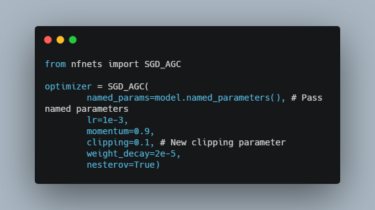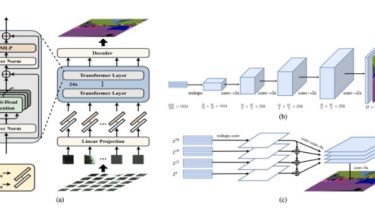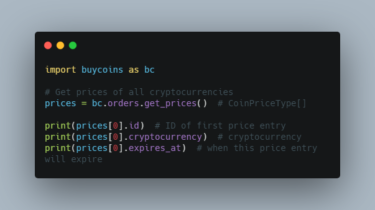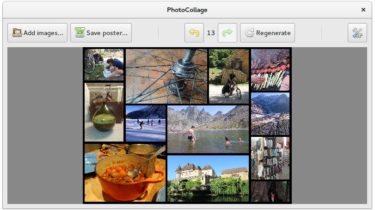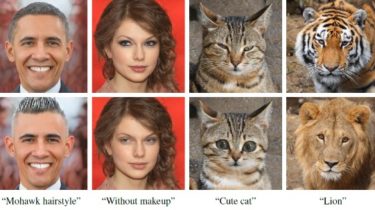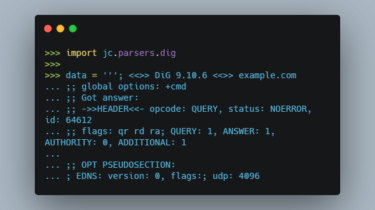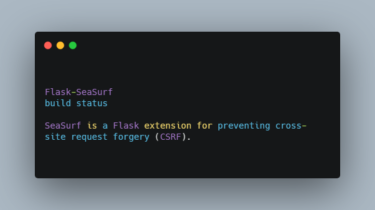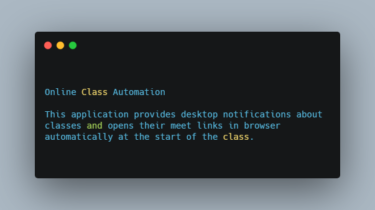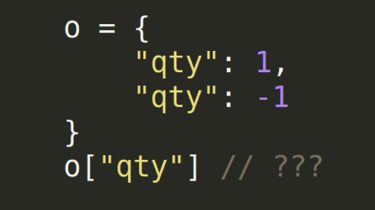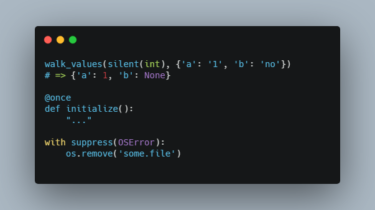High-Performance Large-Scale Image Recognition Without Normalization
NFNet Pytorch Implementation This repo contains pretrained NFNet models F0-F6 with high ImageNet accuracy from the paper High-Performance Large-Scale Image Recognition Without Normalization. The small models are as accurate as an EfficientNet-B7, but train 8.7 times faster. The large models set a new SOTA top-1 accuracy on ImageNet. NFNet F0 F1 F2 F3 F4 F5 F6+SAM Top-1 accuracy Brock et al. 83.6 84.7 85.1 85.7 85.9 86.0 86.5 Top-1 accuracy this implementation 82.82 84.63 84.90 85.46 85.66 85.62 TBD All […]
Read more